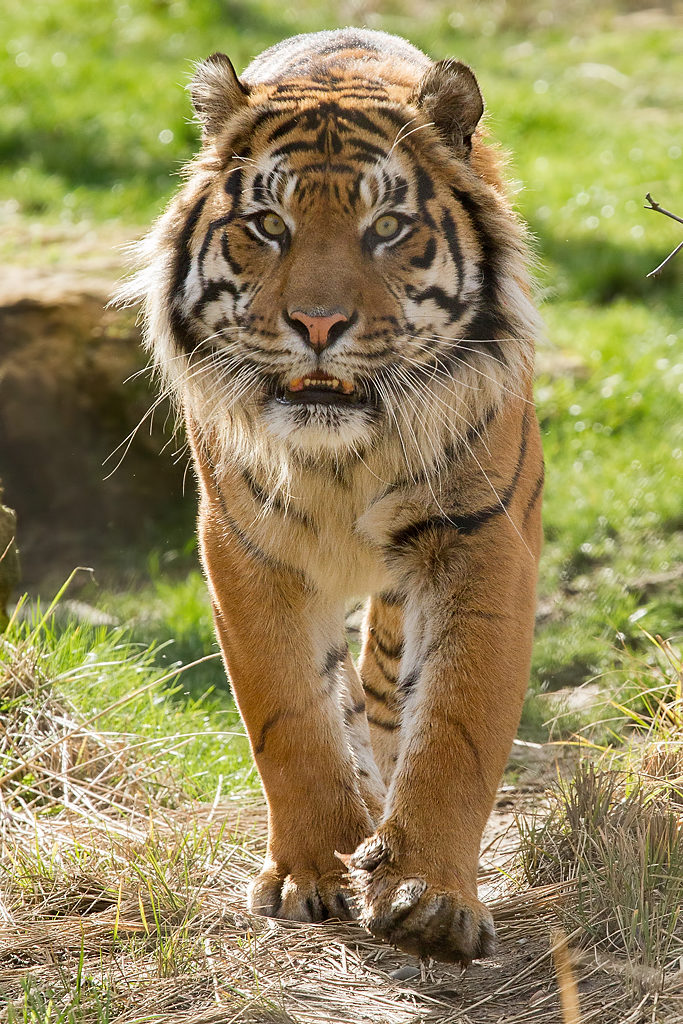Modern zoos are major contributors to the conservation of wild animals. According to the World Association of Zoos and Aquariums (WAZA), zoo conservation donates over US$350 million a year to wildlife conservation.
Zoo Conservation Activities for tigers and Amur leopards
Increasing public awareness
Zoos play a valuable role in inspiring and educating the public. Many visitors will never get to see a tiger or a leopard in the wild but in a modern zoo, they can learn how vital these animals are to the ecosystem but how threatened they are by human activities.
Financial support
Zoos provide much-needed funds for cat conservation and have historically made up 75% of the donations to WildCats Conservation Alliance. More than 40 zoos worldwide contributed to Amur leopard conservation and more than 150 to wild tigers.
Research and skills
This is a very diverse category which includes the development of safe anaesthesia techniques, pugmark measurements for calibration of field signs, blood samples for genetic studies, pelage photos for taxonomic research and much more. Husbandry and veterinary skills developed in zoos can be transferred to the wild and data gathered from both captive and wild leopards will provide valuable information for the proposed Amur leopard reintroduction plan.
Maintaining a “genetic reservoir” for reintroduction
Tigers and Amur leopards are held in conservation breeding programmes in regional zoo associations across the world. Tigers are managed as a last resort in case of a failure of the wild population but effort mainly focuses on maintaining those animals remaining in the wild.


